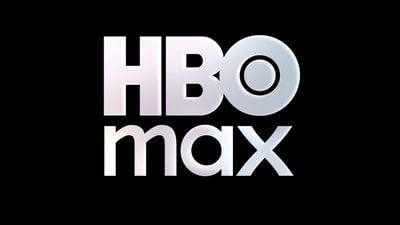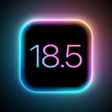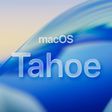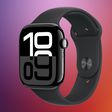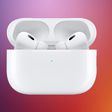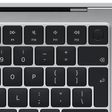U.S. trade director Peter Navarro took aim at Apple again today, causing the company's stock to briefly drop. In an interview with Fox Business, Navarro said that Apple thinks that it is "too big to tariff," suggesting that Apple might be expecting a tariff exemption that won't be coming.

Earlier this week, Navarro targeted Apple in a CNBC interview criticizing Tim Cook for failing to move Apple manufacturing from China to the United States. Navarro accused Cook of delaying the manufacturing shift, and called it "the longest-running soap opera in Silicon Valley." Navarro claimed that Cook is not moving fast enough to meet Trump's demands for U.S.-based manufacturing.
Navarro went on to say that it is "inconceivable" that Apple is not able to manufacture the iPhone elsewhere.
Going back to the first Trump term, Tim Cook has continually asked for more time in order to move his factories out of China. I mean, it's the longest running soap opera in Silicon Valley. And my problem with Tim Cook is he never takes the steps to actually do that. And with all these new advanced manufacturing techniques and the way things are moving with AI and things like that, it's inconceivable to me that Tim Cook could not produce his iPhones elsewhere around the world and in this country.
Apple is facing steep tariffs in China and other countries as the Trump administration renegotiates trade deals. This week, Trump has been announcing tariffs on various countries. The Philippines, Japan, South Korea, and Malaysia are facing 25 percent tariffs, while tariffs in Indonesia are at 32 percent and tariffs in Thailand are at 36 percent. Vietnam tariffs are 20 percent. The tariffs announced this week are set to go into effect on August 1, a new extended deadline Trump implemented on Monday.
U.S. President Donald Trump has said several times that Apple is capable of manufacturing its iPhones and other devices in the U.S., but industry experts suggest that it's next to impossible. Disregarding the expense of the move and the cost of building up new factories with advanced machinery, it would be unlikely that Apple and its suppliers would be able to find enough people with the necessary skillset to make iPhones. Cook maintains that Apple manufactures its devices in China because China has specialized expertise in advanced manufacturing.
Apple sources components from more than 50 countries around the world, and it gets rare earth minerals from 79 countries. There is no feasible way for Apple to source all of the iPhone's components from a single country. Even if Apple were only assembling the iPhone in the U.S., and it had the skilled employees available, the cost of living and wages in the U.S. would raise the price of the iPhone significantly.
Back in May, Trump threatened Apple with a 25 percent tariff if Apple does not manufacture and build iPhones sold in the United States in the U.S. Trump also complained that he has had a problem with Cook "building all over India," and he went as far as demanding that Apple stop expanding in India.
Note: Due to the political or social nature of the discussion regarding this topic, the discussion thread is located in our Political News forum. All forum members and site visitors are welcome to read and follow the thread, but posting is limited to forum members with at least 100 posts.









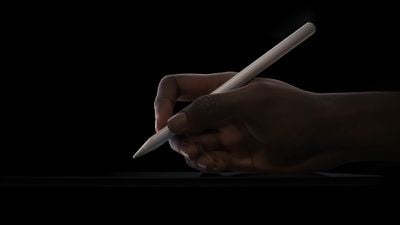





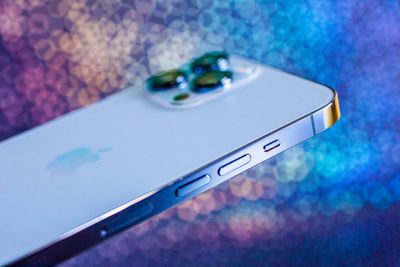




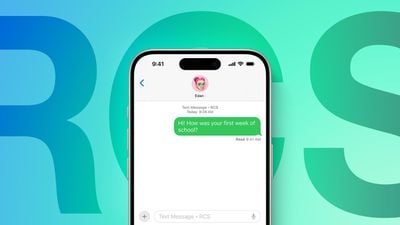


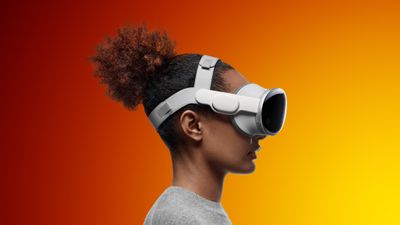












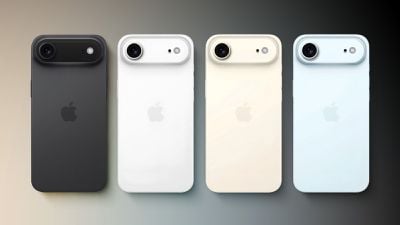







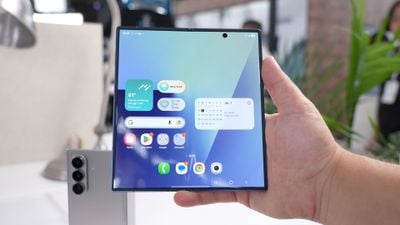 Galaxy Z Fold7
Galaxy Z Fold7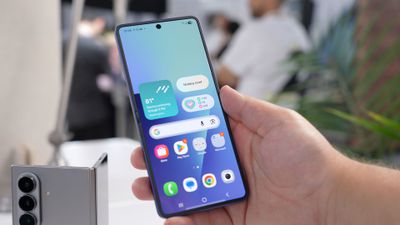 Galaxy Z Fold7
Galaxy Z Fold7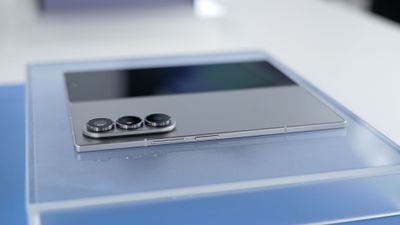 Galaxy Z Fold7
Galaxy Z Fold7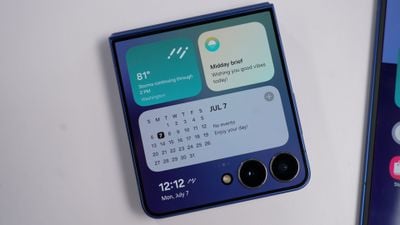 Galaxy Z Flip7
Galaxy Z Flip7





